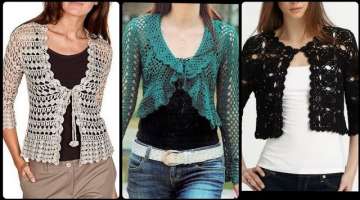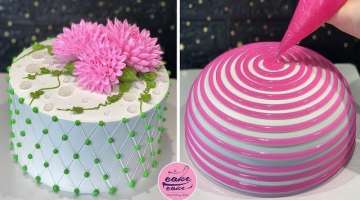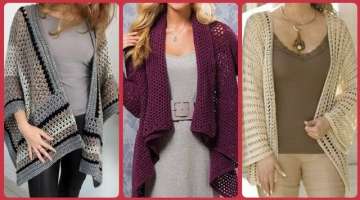what can we do from macrome(video)
Best Knitting Ideas videos center
- 1 | 10

Hello, let's take a look at what can be done with macrame, perhaps the newest favorite of women who have been doing these hobbies with pleasure in recent years and women who make their hobbies lucrative.
- 2 | 10

Handmade fabrics used in accessories, furniture and personal designs can be used in interior designs in different styles. The fabric details included in lampshades, dividers, planters, poufs, hammocks, newspaper holders and many other accessories attract attention with their ethnic breeze.
- 3 | 10

Macrame, which appears in compass rose colors and acry white or white tones on the walls, sometimes alone or in combination with decorative objects such as mirror frames, is made with different techniques.
- 4 | 10

Depending on the weaving method used, the patterns can be enriched with tassel or bead details. If you are looking for a natural and bohemian accessory that brings movement to your living space, the macrame wall decoration models hanging from a dry branch are just for you
- 5 | 10

If you want, you can also use models designed as dream catchers. On special occasions and celebrations, these accessories can be used as a background in photo shoots; You can create a bohemian party concept, it is a fact that it adds an extra atmosphere as a background in wedding concepts and photo shoots.
- 6 | 10

Macrame hammocks are also among the trends of the season to create a natural, comfortable and shabby style in the decoration of gardens and balconies.
- 7 | 10

You can include woven poufs on a patio with bamboo seating. You can bring peace to your living space with a gorgeous macrame rope curtain to hang behind your balcony door.
- 8 | 10

With macrame door decorations you can make wonderful door decorations with this material that you can use indoors. You can create decorative door decorations by integrating a special fabric that will welcome your guests at the entrance of your house with wooden plates with the words "welcome.
- 9 | 10

What is macramé? Macramé is a handmade art created with decorative knots that adhere to a certain order. It is believed to have been found by the Arabs in the 13th century and used to decorate the edges of textiles such as shawls and towels
- 10 | 10

It is then brought to Europe by the Spanish and used to make holsters for a number of tools, especially by sailors who are already familiar with knots. It ranges from Europe to America and this technique is used mainly in hammock making



















